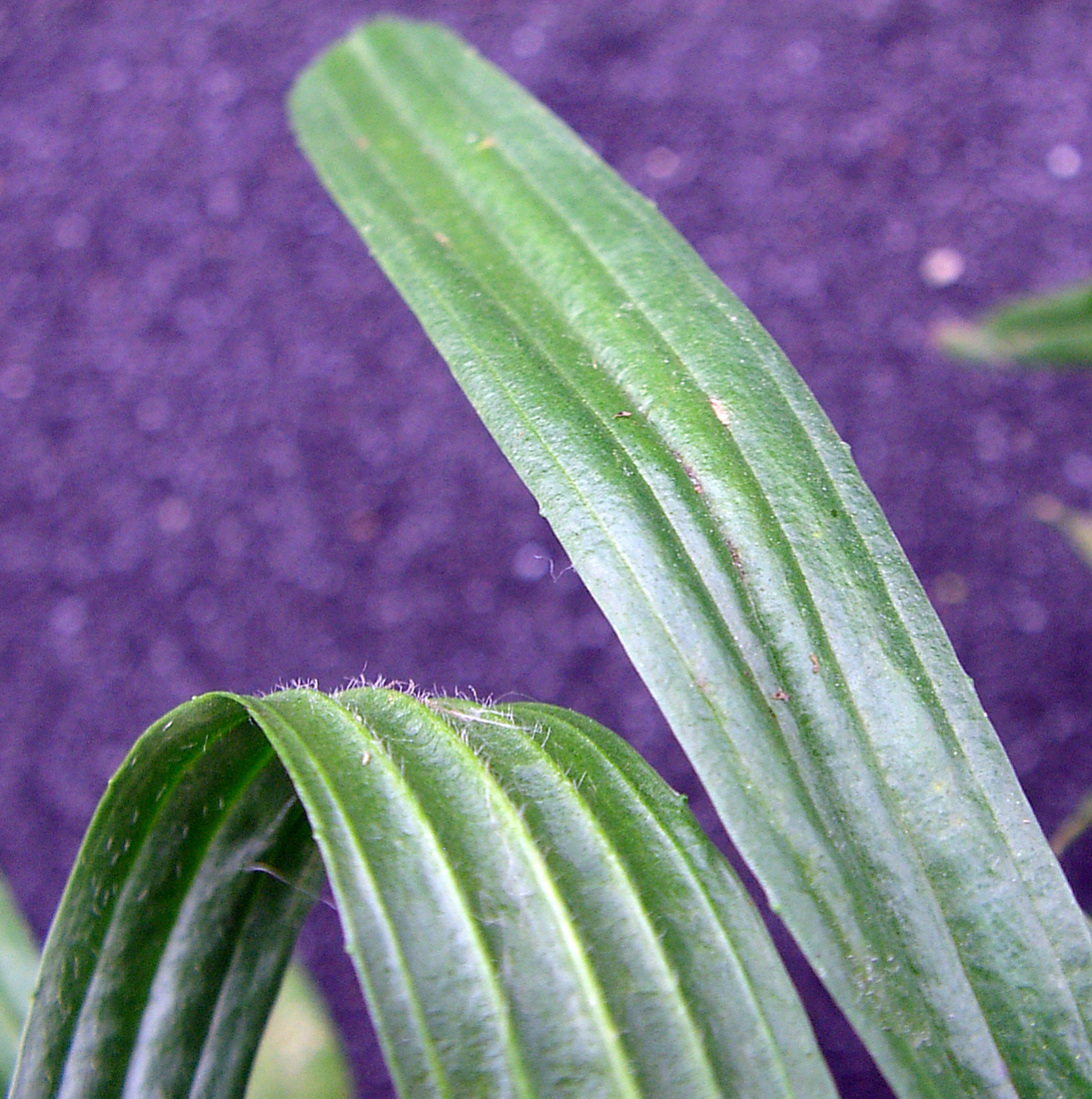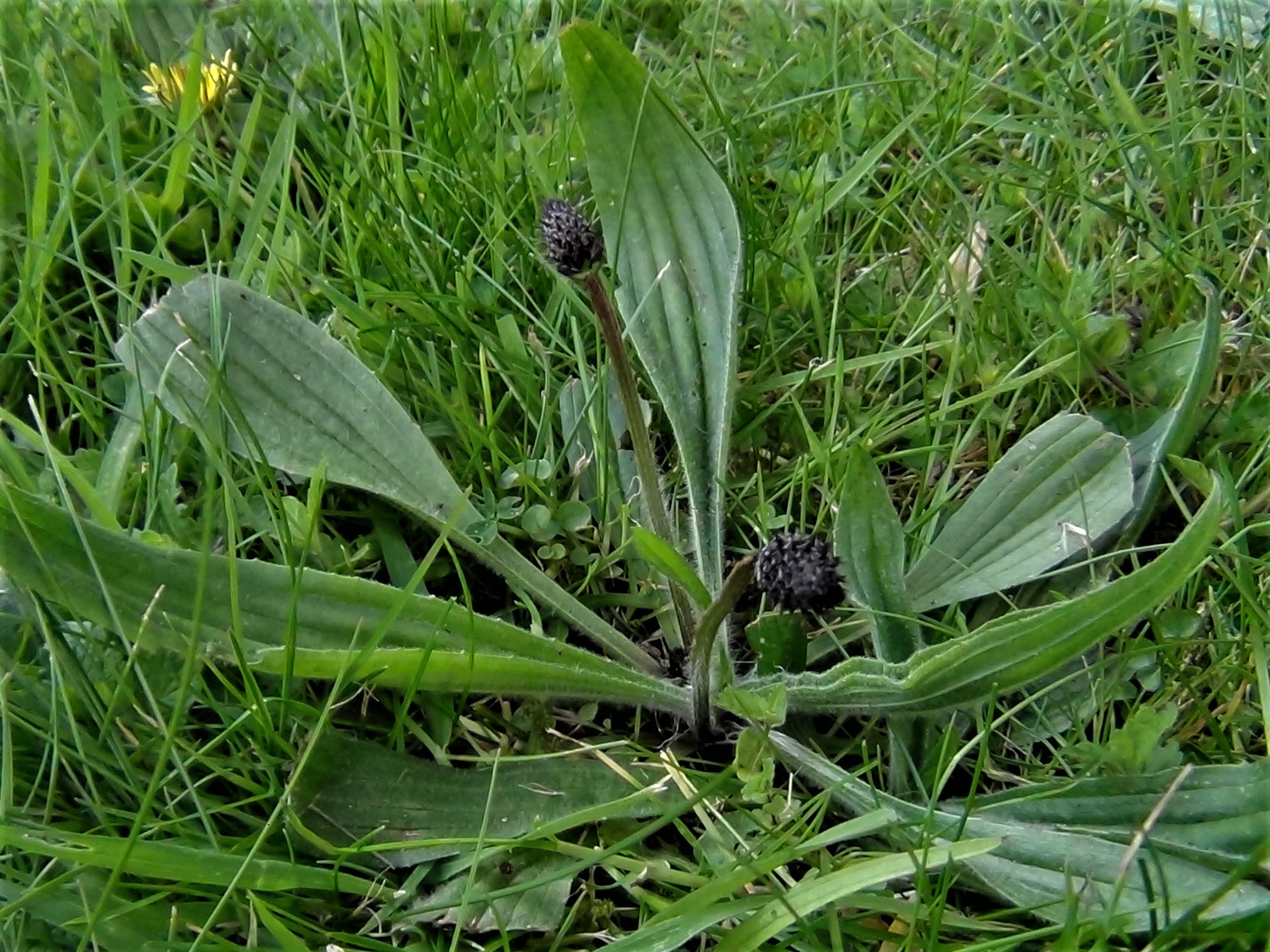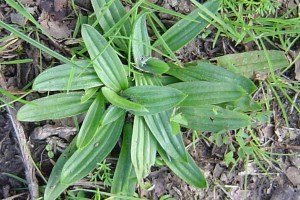Can Narrow Leaf Plantain Help You Heal Faster
Narrow leaf plantain (Plantago lanceolata) is a common weed that is found in many parts of the world. It has been used for centuries as a traditional herbal remedy for a variety of health conditions, including wound healing.
Plantain contains a variety of compounds that have been shown to have anti-inflammatory and wound-healing properties. These compounds include:
- Mucilage: A thick, sticky substance that helps to soothe and protect the skin.
- Plantagoside: A compound that has been shown to promote wound healing.
- Allantoin: A compound that helps to stimulate cell growth and repair.
- Flavonoids: Antioxidant compounds that help to protect the skin from damage.
Studies:
There have been a number of studies that have investigated the wound-healing properties of narrow leaf plantain. One study, published in the journal Phytotherapy Research, found that plantain extract was effective in reducing inflammation and promoting wound healing in rats. Another study, published in the journal Journal of Ethnopharmacology, found that plantain extract was effective in killing bacteria that can cause infections in wounds.
Based on this evidence, it is reasonable to conclude that narrow leaf plantain may be helpful in promoting wound healing in humans. However, more research is needed to confirm these findings.
How to use plantain:
There are a few different ways to use narrow leaf plantain to help heal wounds. One way is to simply chew the leaves and apply the juice to the wound. Another way is to make a plantain poultice by crushing the leaves and applying them to the wound with a bandage. You can also make a plantain tea by steeping the leaves in hot water for 10-15 minutes. The tea can then be applied to the wound with a cotton ball.
Safety:
Narrow leaf plantain is generally considered safe for most people. However, it is important to note that it may cause allergic reactions in some people. If you have any concerns about using plantain, you should talk to your doctor.
Conclusion:
Narrow leaf plantain is a common weed that has been used for centuries as a traditional herbal remedy for wound healing. There is some scientific evidence to support the use of plantain for this purpose. However, more research is needed to confirm these findings. If you are considering using plantain to help heal a wound, it is important to talk to your doctor first.
Narrow leaf plantain is a common weed that can be found in many parts of the world. It has a number of medicinal properties, including being an effective treatment for insect bites, minor burns, and wounds. It can also be used to make a tea that is helpful for coughs and other respiratory problems.
If you are interested in learning more about narrow leaf plantain, I recommend visiting the Home Gardening. This website has a wealth of information about the plant, including its history, uses, and medicinal properties. You can also find recipes for using narrow leaf plantain in teas, tinctures, and other herbal remedies.
FAQ of narrow leaf plantain
- What are the benefits of narrow leaf plantain?
Narrow leaf plantain, also known as Plantago lanceolata, is a common weed that has a variety of medicinal benefits. It is astringent, demulcent, and vulnerary, meaning that it can help to tighten tissues, soothe inflammation, and promote wound healing. It is also antibacterial, antifungal, and antiviral, making it useful for treating a variety of infections.
Some of the specific benefits of narrow leaf plantain include:
Soothing insect bites and stings: Narrow leaf plantain can be used to make a poultice or compress to help soothe insect bites and stings. The mucilage in the leaves helps to draw out toxins and reduce inflammation.
Treating cuts and wounds: Narrow leaf plantain can also be used to help treat cuts and wounds. The astringent and vulnerary properties of the leaves help to promote healing and prevent infection.
Relieving diarrhea: Narrow leaf plantain can be used to help relieve diarrhea. The astringent properties of the leaves help to tighten the tissues in the digestive tract and reduce the frequency of bowel movements.
Boosting the immune system: Narrow leaf plantain contains a variety of antioxidants and minerals that can help to boost the immune system. These include vitamins A, C, and K, as well as zinc and magnesium.
Treating respiratory infections: Narrow leaf plantain can also be used to help treat respiratory infections such as bronchitis and asthma. The expectorant properties of the leaves help to loosen mucus and phlegm, making it easier to cough them up.
How to use narrow leaf plantain?
Narrow leaf plantain can be used in a variety of ways, both internally and externally. To use it internally, you can make a tea by steeping the leaves in hot water for 10-15 minutes. You can also take capsules or tinctures of narrow leaf plantain.
To use narrow leaf plantain externally, you can make a poultice or compress by mixing the crushed leaves with water or olive oil. You can also apply the leaves directly to the affected area.
- Is narrow leaf plantain safe?
Narrow leaf plantain is generally considered safe for most people when used in moderation. However, it is important to note that it can interact with certain medications, such as blood thinners. It is always best to talk to your doctor before using narrow leaf plantain, especially if you are pregnant or breastfeeding.
- Where can I find narrow leaf plantain?
Narrow leaf plantain is a common weed that can be found growing in lawns, gardens, and other areas. It is a hardy plant that can tolerate a variety of growing conditions.
Image of narrow leaf plantain
10 different images of narrow leaf plantain that are free to use:
- A close-up of a single narrow leaf plantain plant. The leaves are long and thin, with a pointed tip. They are green in color and have a smooth surface.

- A group of narrow leaf plantain plants growing in a field. The plants are about 1-2 feet tall and have several leaves each. The leaves are spread out in a fan-like shape.

- A wide shot of a narrow leaf plantain plant growing in a forest. The plant is surrounded by other plants and trees. The leaves are a darker green than the plants in the previous images.
- A macro shot of a narrow leaf plantain flower. The flower is small and white with a yellow center. It is surrounded by several green leaves.

- A close-up of a narrow leaf plantain seed pod. The seed pod is green and cylindrical in shape. It is about 1 inch long.

- A group of narrow leaf plantain seed pods clustered together. The seed pods are a variety of colors, including green, brown, and black. They are about 1-2 inches long.

- A narrow leaf plantain plant growing in a pot on a windowsill. The plant is about 6 inches tall and has several leaves. The leaves are a light green color.

- A person holding a handful of narrow leaf plantain leaves. The leaves are fresh and green. They are about 6-8 inches long.

- A dish of cooked narrow leaf plantain leaves. The leaves are cooked in a stir-fry with other vegetables. They are a light green color and have a slightly crispy texture.

- A person eating a piece of narrow leaf plantain bread. The bread is made with ground narrow leaf plantain leaves and other ingredients. It is a light green color and has a slightly sweet taste.

Post a Comment for "Can Narrow Leaf Plantain Help You Heal Faster"